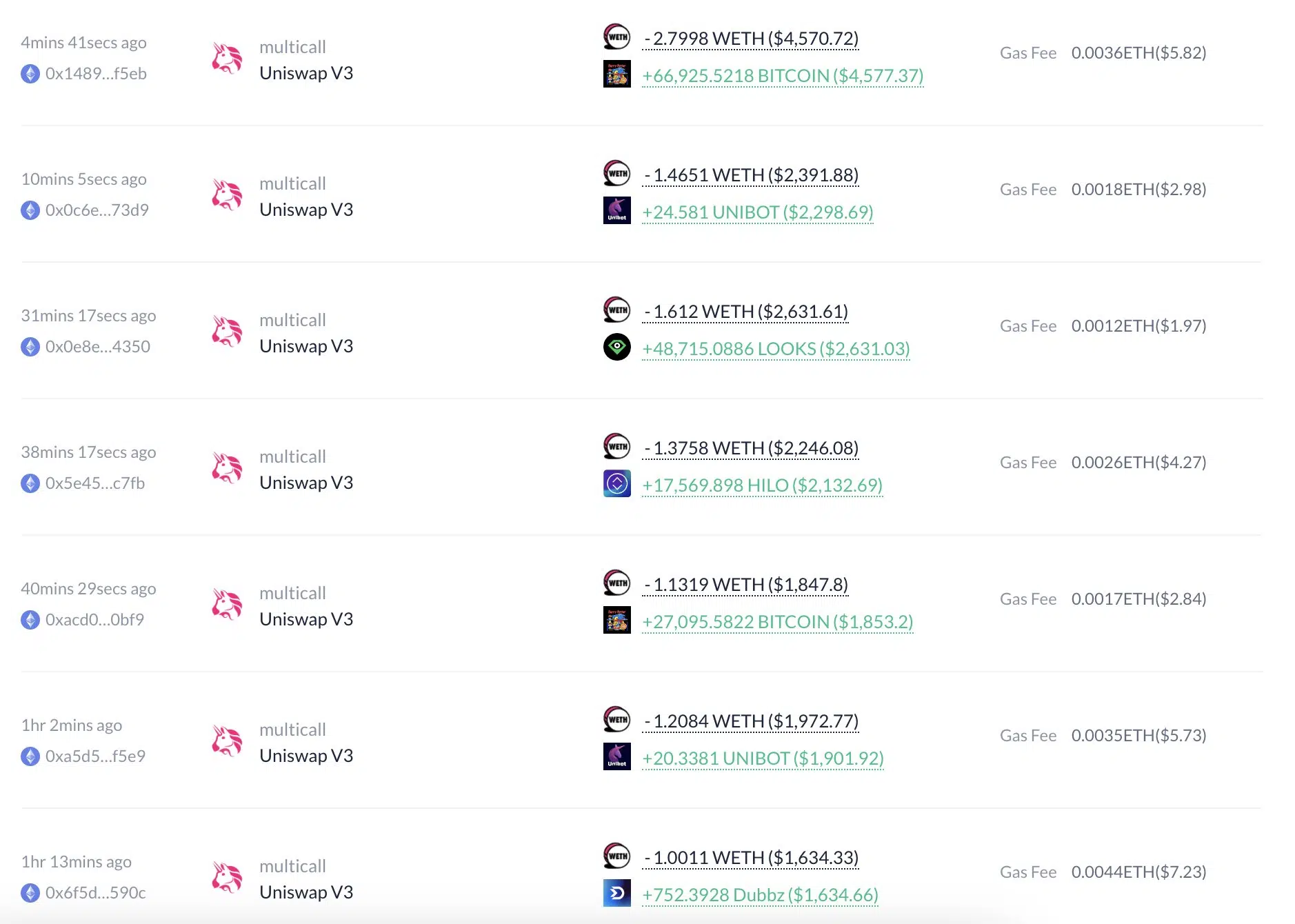Mastering the Markets: A Comprehensive Guide to Capital Forex Signals and Strategies for Profitable Trading
Introduction
Foreign exchange, or forex, trading is a complex and risky endeavor, but with potential high rewards for those who can master its intricacies. At its core, forex trading involves the simultaneous buying and selling of currencies in pairs. To be a successful trader, it’s crucial to understand the market dynamics, identify lucrative trade opportunities, and manage risks effectively. One of the essential tools that traders use to achieve these goals are forex signals and trading strategies. In this comprehensive guide, we will explore what forex signals are, the types of signals available, and discuss the crucial strategies that can help you optimize your profits and minimize losses in the forex market.
Forex Signals: The Basics
Forex signals are trading recommendations that provide valuable information on when to buy or sell a particular currency pair. They typically include details such as entry prices, target profit levels, and stop-loss points, which help traders make informed decisions. Forex signals can be generated by experienced professional traders or by automated trading algorithms. Using forex signals in conjunction with well-crafted trading strategies can significantly increase your chances of success in the volatile forex market.
Types of Forex Signals
There are several types of forex signals available, which can be classified based on their source, methodology, and time horizon:
- Manual vs. Automated Signals: Manual signals are generated by experienced traders who analyze market conditions and decide on their trade recommendations. In contrast, automated signals are generated by sophisticated algorithms, which use complex mathematical models to identify and capitalize on market opportunities.
- Technical vs. Fundamental Signals: Technical signals are based on the analysis of historical price data, chart patterns, and technical indicators, which can help identify trends and potential reversal points. Fundamental signals, on the other hand, are rooted in the analysis of economic indicators, news releases, and other factors that can influence currency valuations.
- Intraday vs. Swing vs. Position Signals: Intraday signals are meant for short-term trades, typically within the same trading day. Swing signals are designed for traders who hold positions for several days to weeks, while position signals target long-term trends and can last for months.
Strategies for Profitable Trading
To be successful in forex trading, it is crucial to have a well-designed trading strategy in place. A robust trading strategy can help you make informed decisions, manage your risks, and maximize your profits. Here, we discuss some of the essential strategies that can help you enhance your forex trading results:
1. Trend Following
Trend following is a strategy that involves identifying and capitalizing on existing market trends. Traders who follow this strategy believe that historical price movements can provide valuable insights into future price movements. Some popular techniques for trend following include moving averages, trend lines, and various technical indicators such as the Relative Strength Index (RSI) and the Moving Average Convergence Divergence (MACD).
2. Breakout Trading
Breakout trading is a strategy that aims to profit from significant price movements that occur when a currency pair breaks through an established support or resistance level. Traders who use this strategy identify these critical levels and place buy or sell orders accordingly. To be successful with this approach, it’s essential to have a clear understanding of support and resistance levels, chart patterns, and technical indicators such as the Average True Range (ATR) and the Bollinger Bands.
3. Range Trading
Range trading, also known as channel trading, is a strategy that focuses on trading currency pairs within a defined price range. Traders who use this strategy seek to exploit the fluctuations within these ranges by buying low and selling high. To successfully employ range trading, it’s important to identify well-defined price channels, support and resistance levels, and use technical indicators such as the Stochastic Oscillator and the Commodity Channel Index (CCI).
4. Scalping
Scalping is a high-frequency trading strategy that aims to capitalize on small price movements within a short time frame, typically a few minutes to hours. Scalpers often execute multiple trades per day, attempting to accumulate small profits that add up over time. To be successful with this approach, traders need a solid understanding of technical analysis, access to real-time market data, and low-latency trading platforms.
Key Considerations for Effective Forex Trading
Besides having a well-defined trading strategy and using forex signals, there are several other factors to consider for effective forex trading:
- Money Management: Proper money management techniques are crucial for controlling risks and ensuring the longevity of your trading capital. This includes setting appropriate stop-loss and take-profit levels, and determining the right position sizes based on your risk tolerance.
- Emotional Control: Trading can be an emotionally charged endeavor, often leading to impulsive decisions that can result in significant losses. Cultivating emotional control and discipline is essential for long-term success in the forex market.
- Continuous Learning: The forex market is dynamic and ever-evolving. Staying abreast of market developments, economic news, and technological advancements is crucial for maintaining an edge in the competitive trading landscape.
Conclusion
Mastering the forex market requires a combination of knowledge, skills, and the right tools. Forex signals and well-crafted trading strategies are crucial components of a successful trader’s toolkit. By understanding and applying the strategies and insights outlined in this comprehensive guide, you will be well on your way to realizing your full potential in the forex market and achieving consistent, profitable results.


